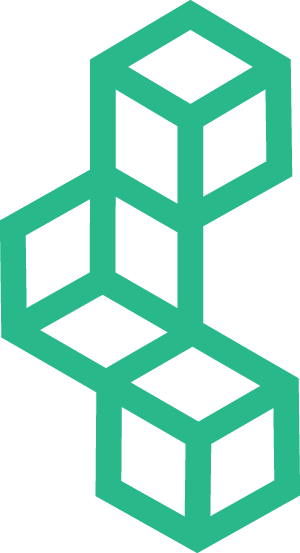In recent years, how students learn and interact has undergone a significant transformation, leading to a shift in how colleges and universities approach their learning spaces. With a growing need for flexible, reconfigurable, and technology-enabled classrooms, institutions are now reimagining their existing spaces to meet the evolving needs of students and educators.
Driving Strategic Change: Re-Imagining Learning Spaces at Higher Educational Institutions
In this blog, we will discuss the importance of learning spaces and how technology is helping institutions optimize their existing facilities to improve student experience, mitigate risks, and increase enrollment. So, let's dive in!
Challenges in Higher Education Facility Management
In a study conducted by the Organisation for Economic Co-operation and Development (OECD) among management-oriented higher education associations in the United States, an increasing number of higher education leaders identify challenges associated with “aging and expanding facilities” as one of the top change drivers in the field. This concern was exceeded only by insufficient financial resources, changes in IT, and student demographics.
Addressing aging buildings in higher education.
In the same report, “insufficient facilities” were also cited among the critical issues impacting the success of higher education facilities. The study acknowledges that leadership is “key to ensure higher education’s future success and mitigate its threats.” This change in how students and educators interact has encouraged schools to reimagine their existing spaces to meet these evolving needs. Unsurprisingly, many universities are now conducting space utilization case studies to discover how to use existing space more effectively rather than building new facilities.
With technological change moving faster than ever, a lot can happen within a typical five-year (or longer) capital plan timeline. When it comes to the budget, many elements can go haywire, from natural disasters to general inflation. To combat these risks, it is essential to implement Solutions for Higher Education to get the entire facilities management team on the same page regarding budget planning and preventive maintenance. This will equip the facilities team with the right tools and data to mitigate risk, increase enrollment, and improve student experience.
Learn how technology improves long-range capital planning for the country's largest school system.
Solutions for Higher Education
Modern colleges and universities need to leverage technology-driven solutions to maximize their physical assets. Facility Management and Capital Planning Software can enable learning space teams to gain complete transparency and insight into campus assets.
By providing a bird' s-eye view of the campus's physical assets, the software helps universities optimize space utilization, enhancing student learning experiences. If you want to learn more about how our software can help your institution, schedule a demo today! Our team would be happy to give you a comprehensive demonstration of how Intellis can transform your campus management practices.
The spaces where learning takes place on campus are changing. Now more than ever, there is a growing need for flexible, reconfigurable learning spaces at colleges and universities that make better use of already available space without having to do costly and time-consuming renovation work.
Find out how the physical environment impacts student success.
Interested in learning more about how Intellis can help you provide a better student experience? Facility Management and Capital Planning Software, specifically designed for colleges and universities, will help make this transition easier by giving the learning spaces team total transparency and insight into all the valuable physical assets on campus.


